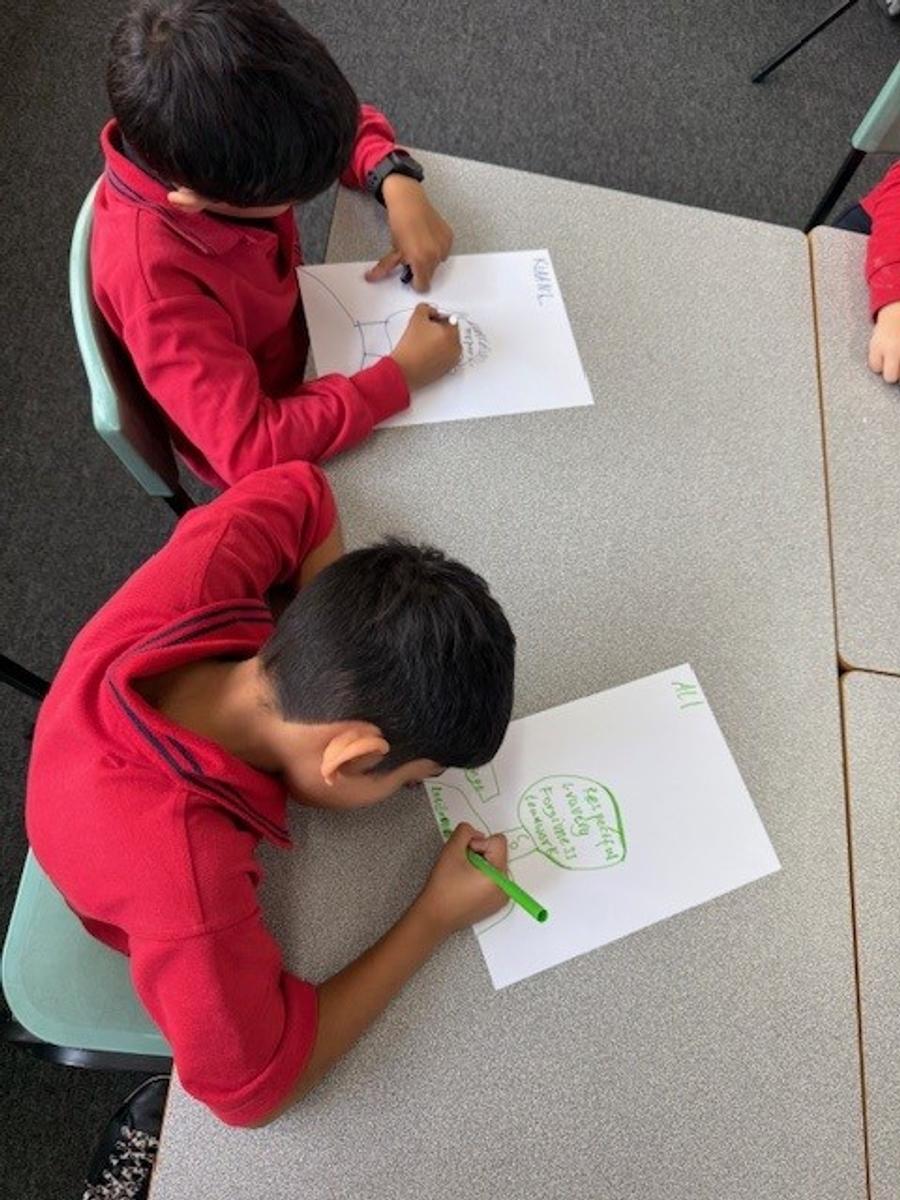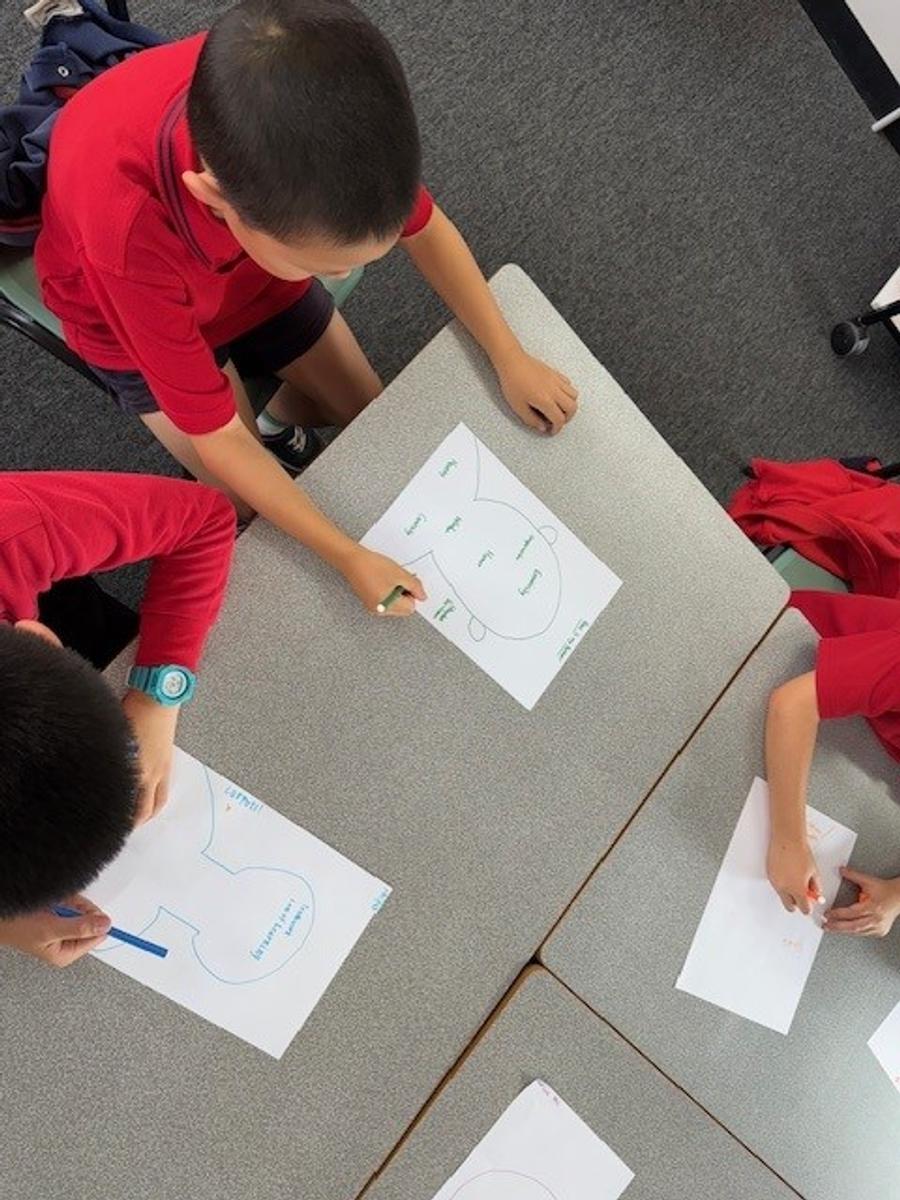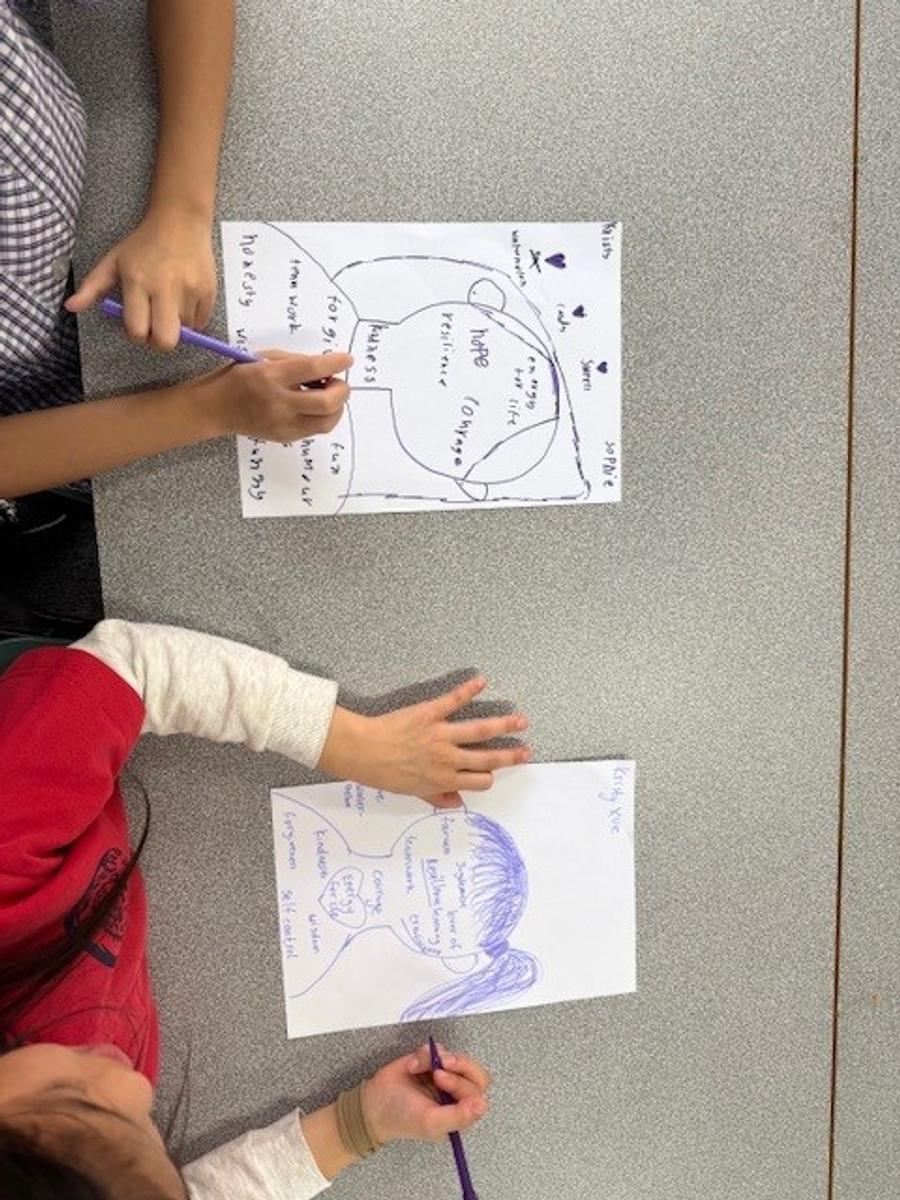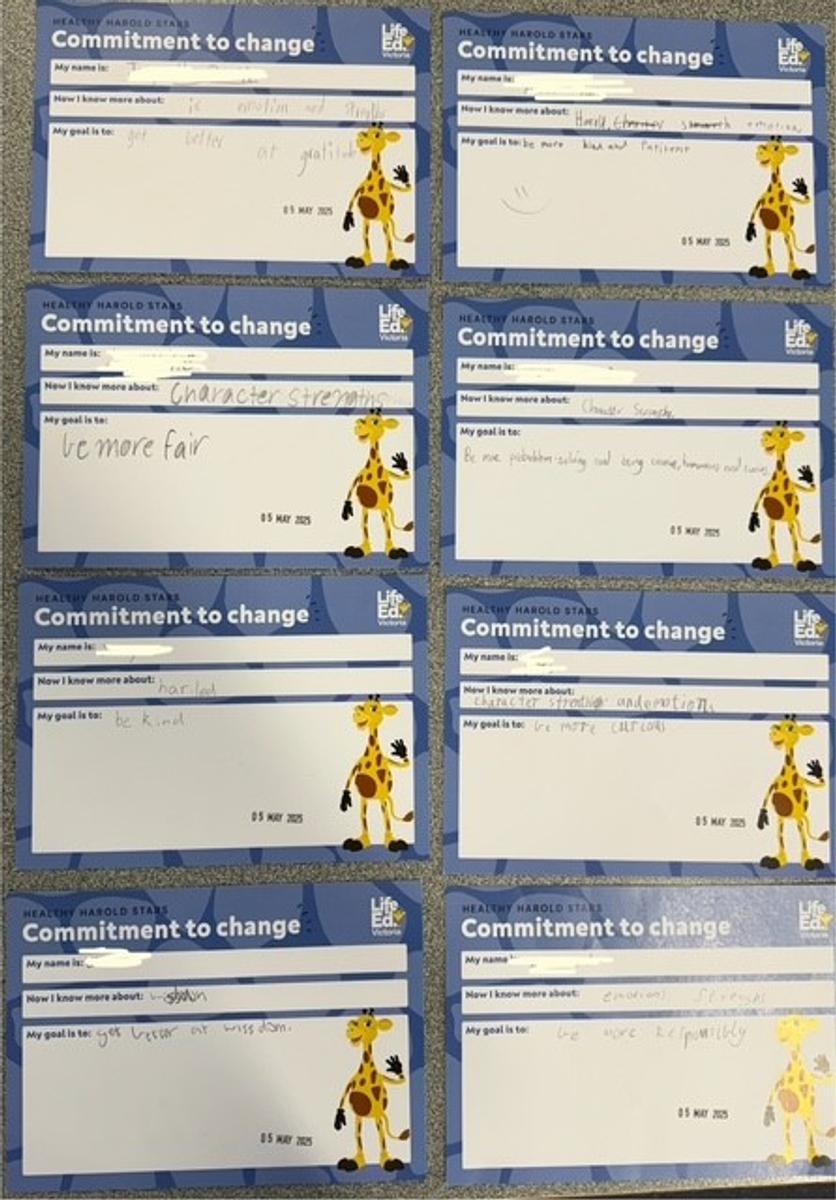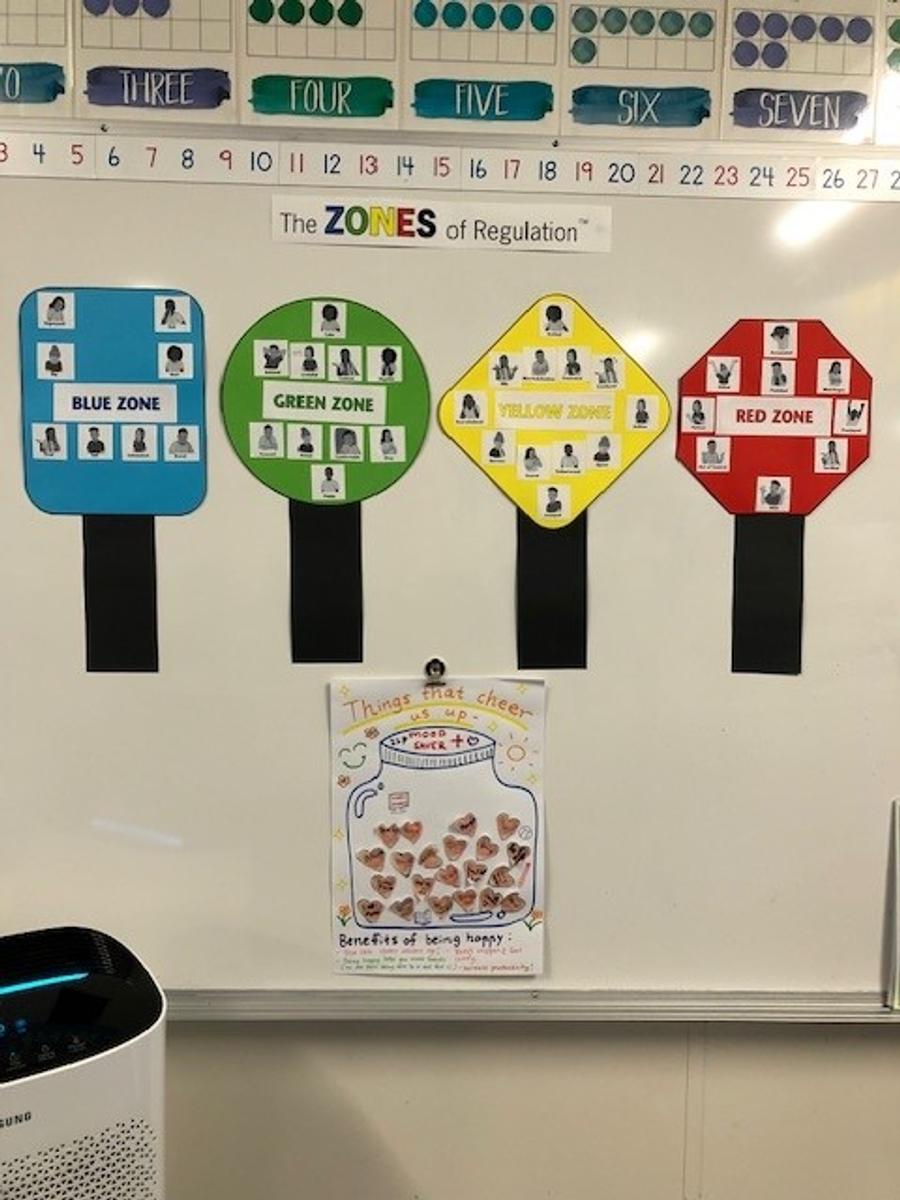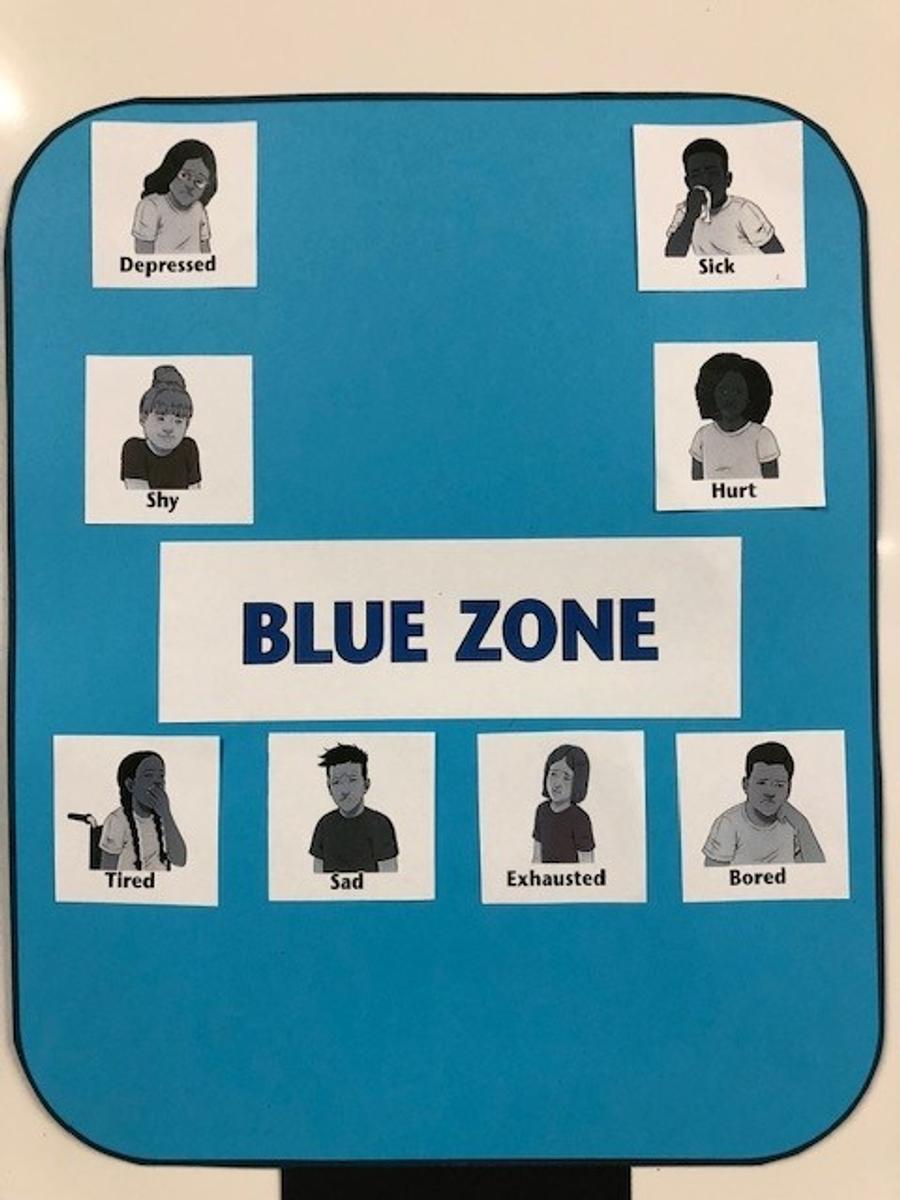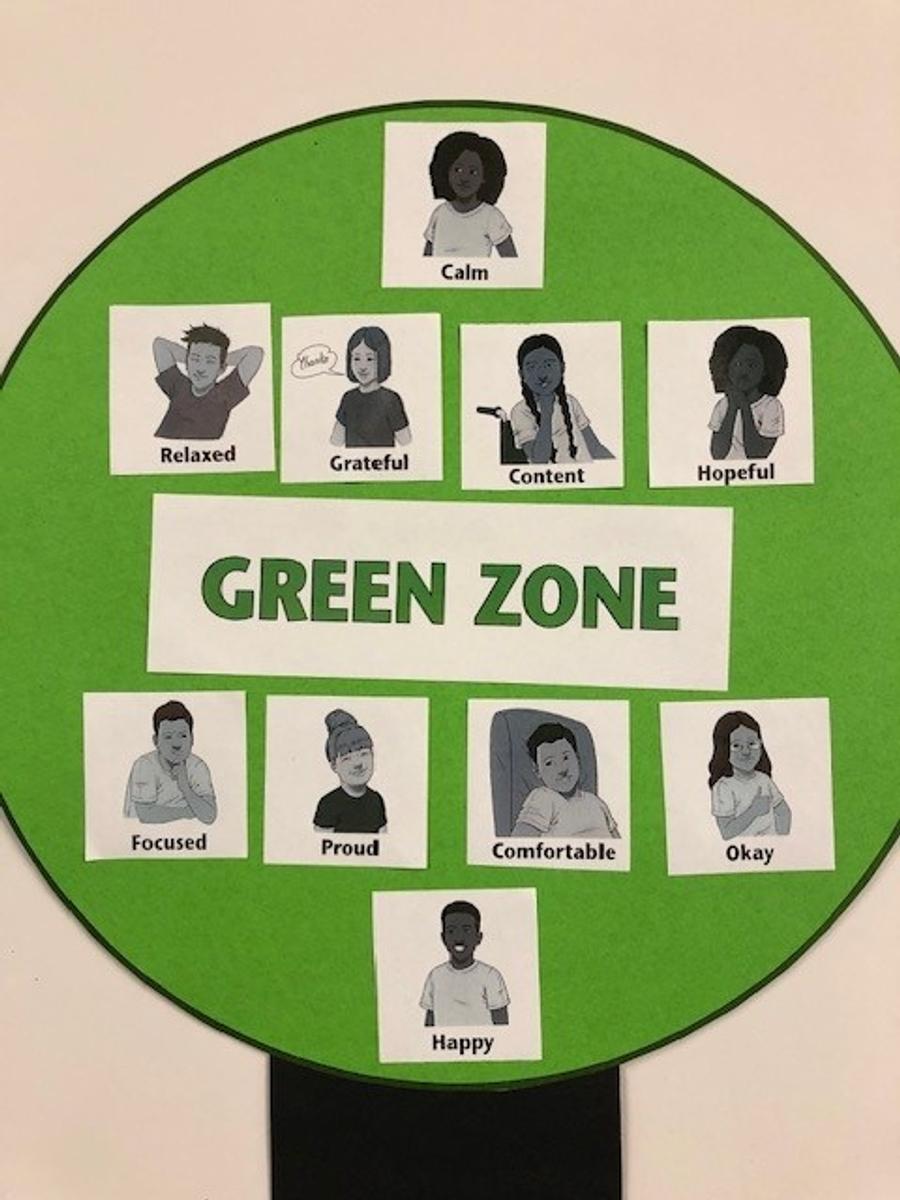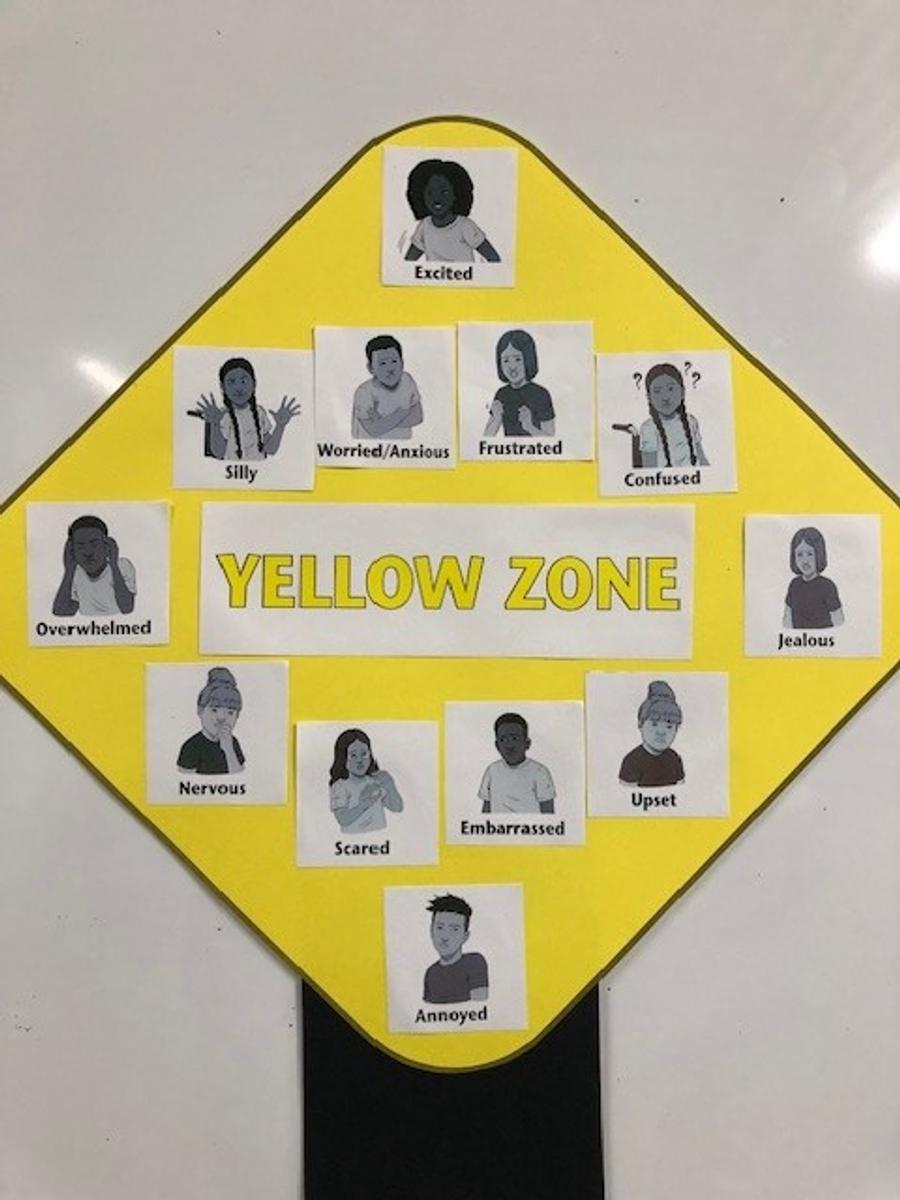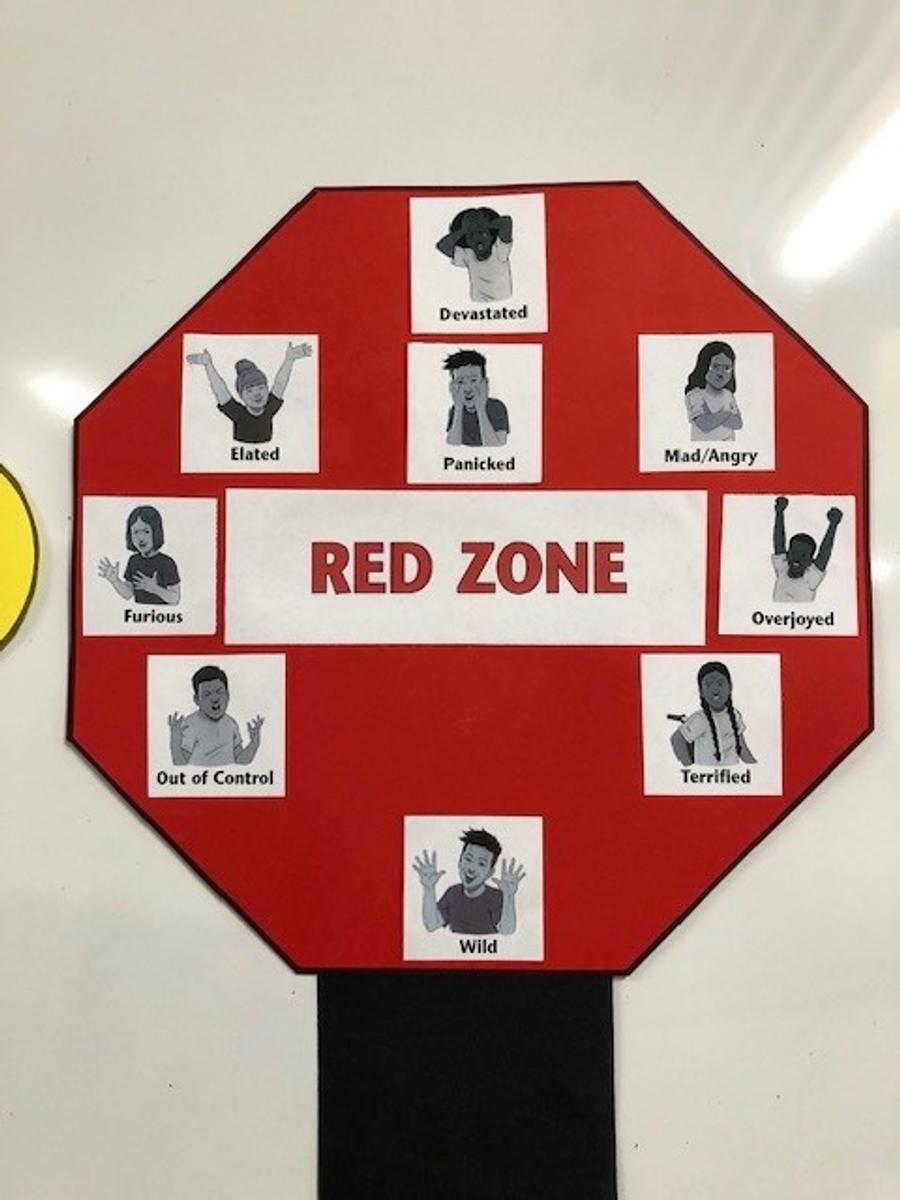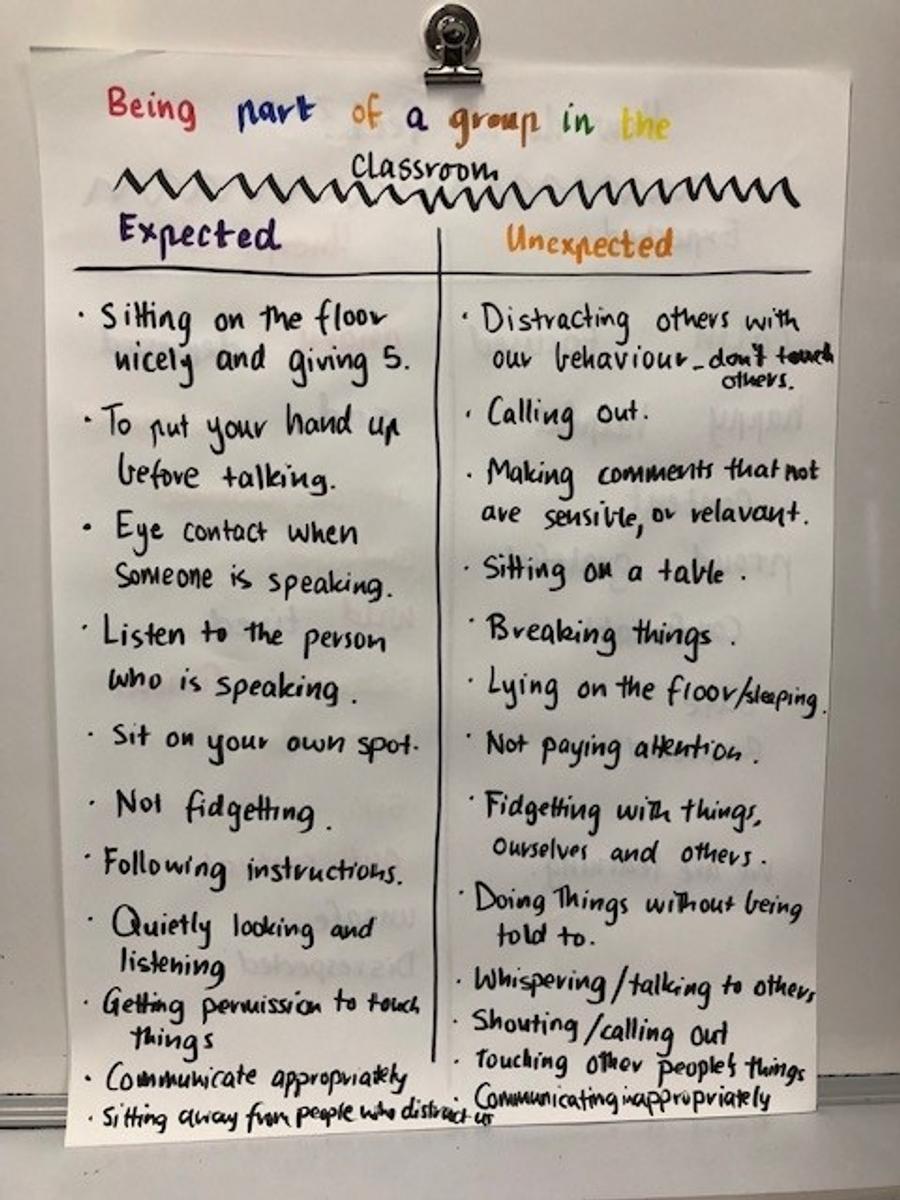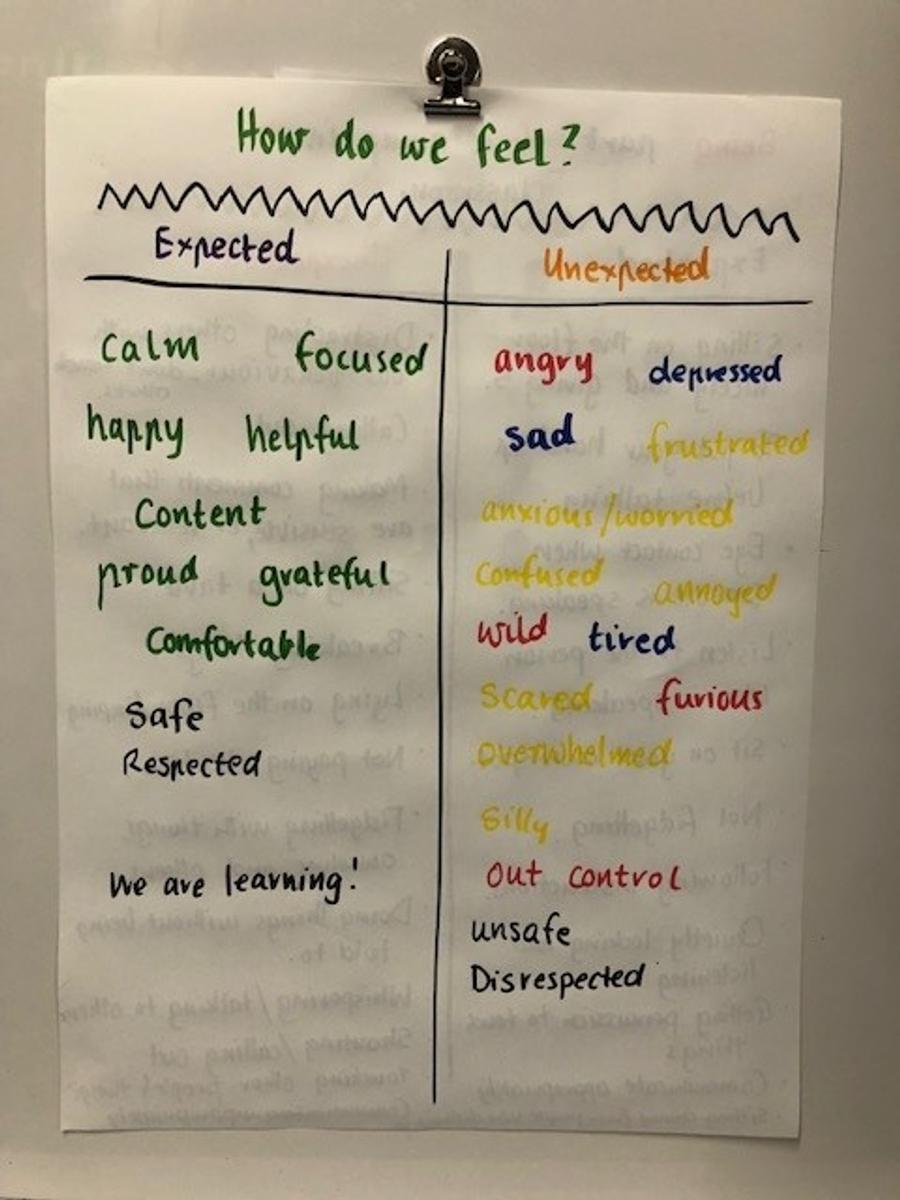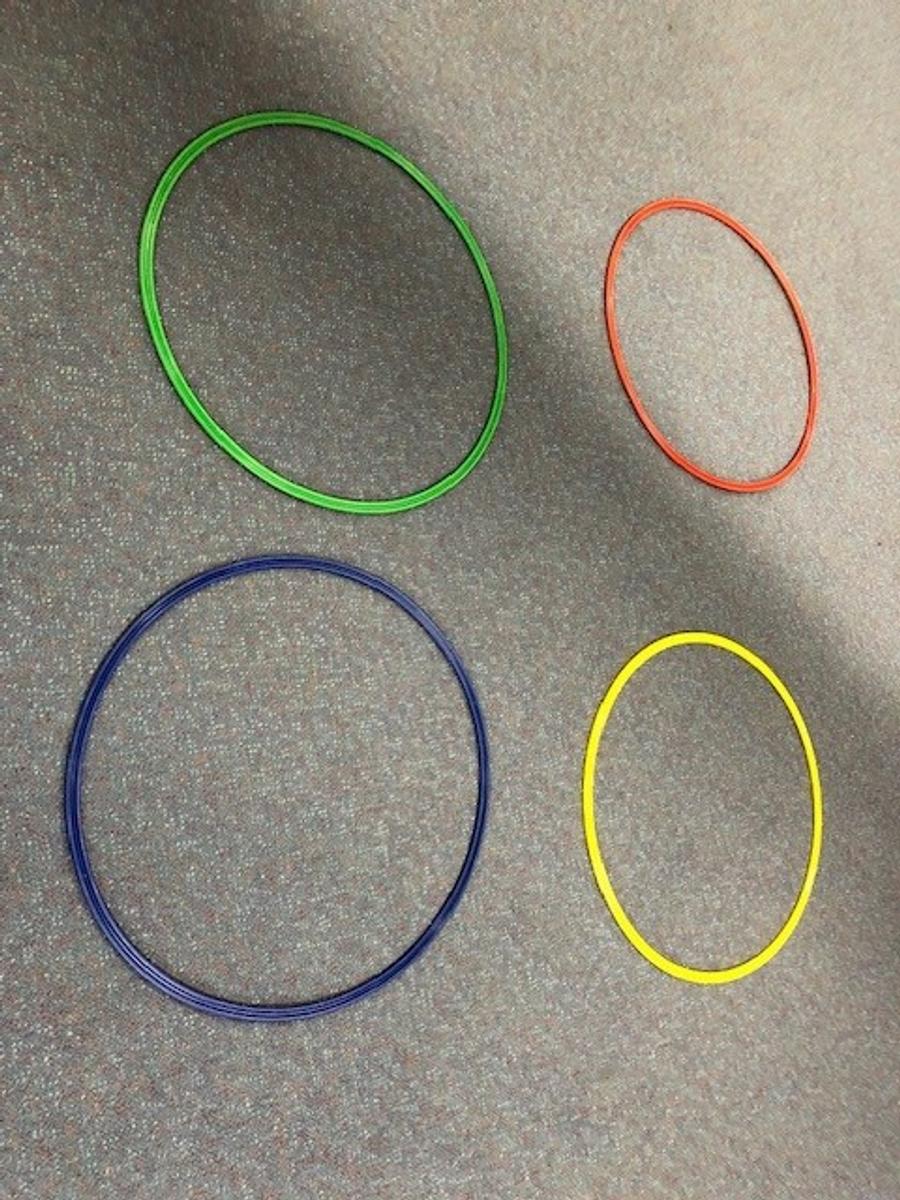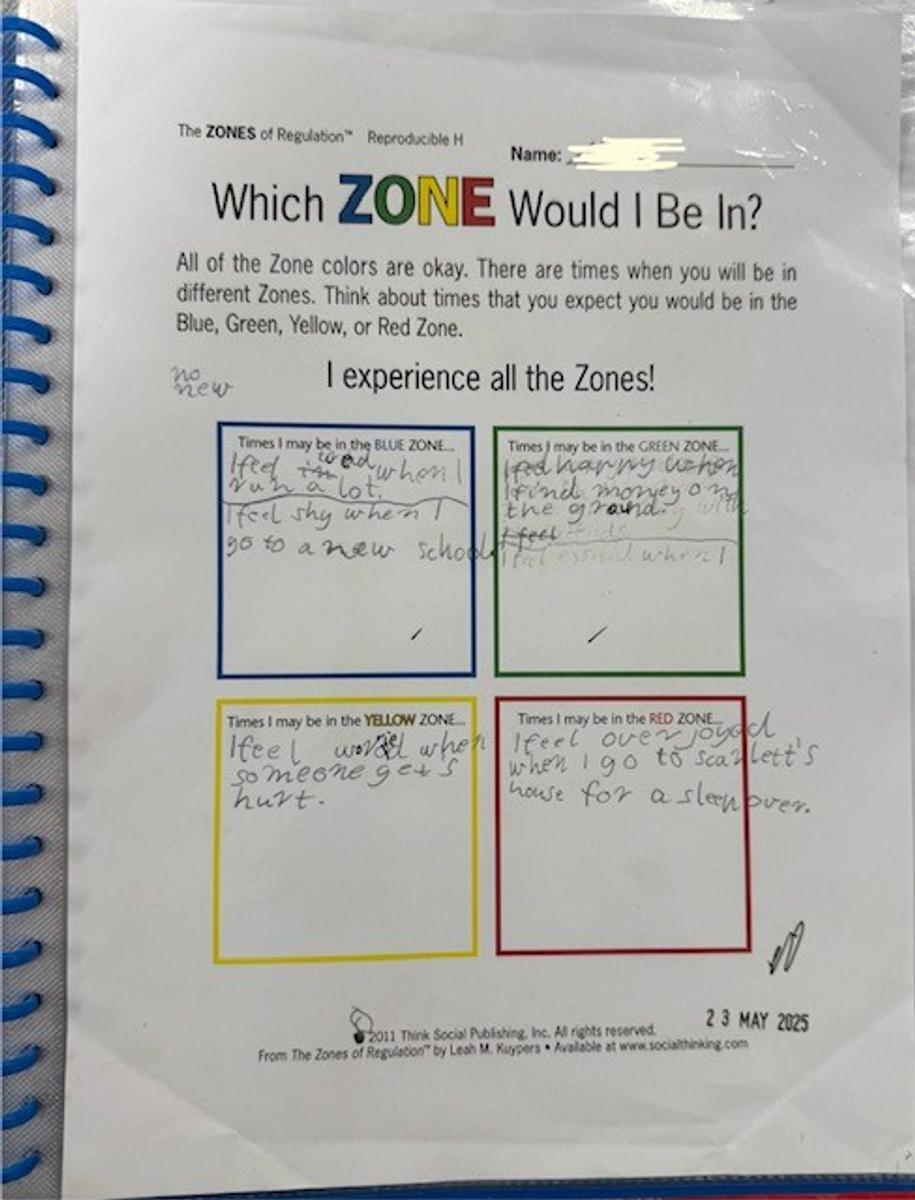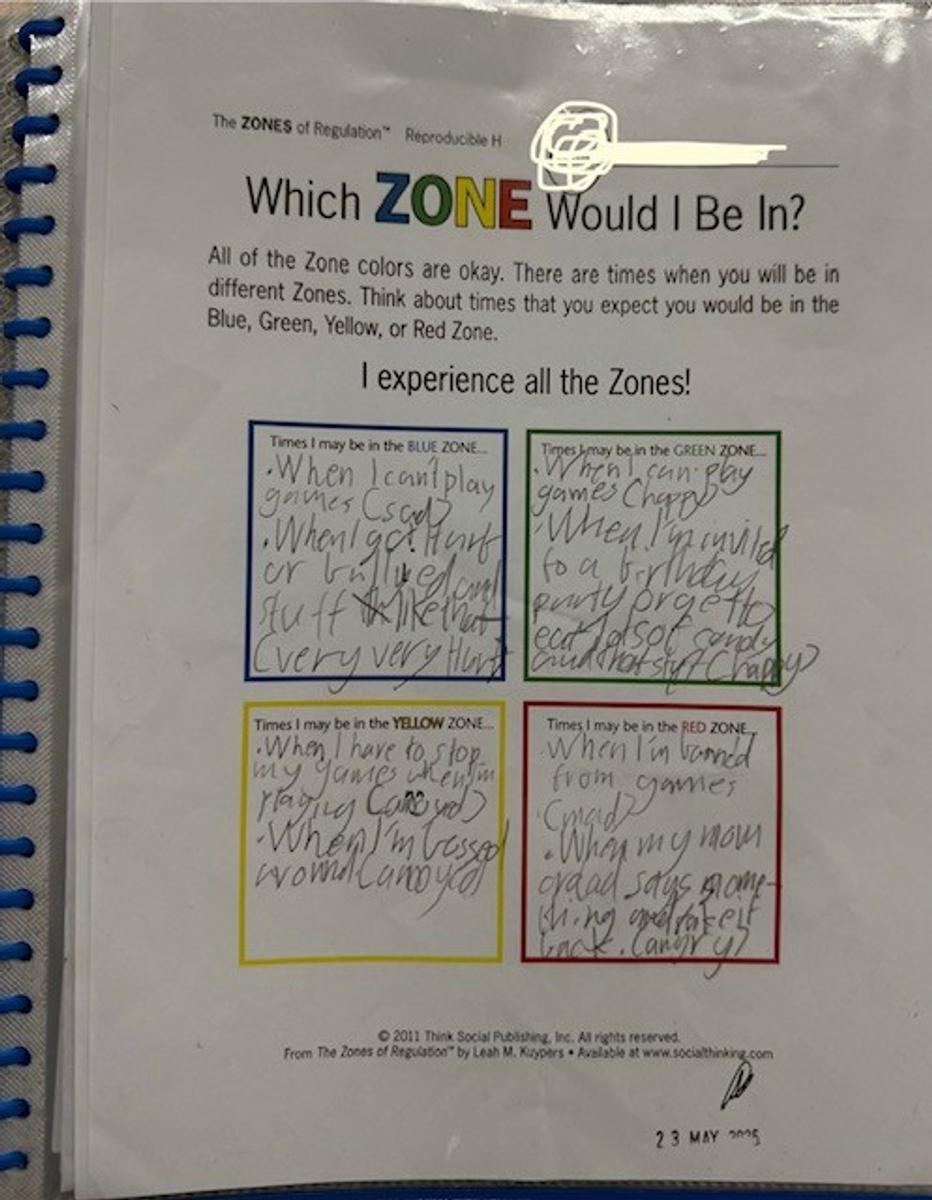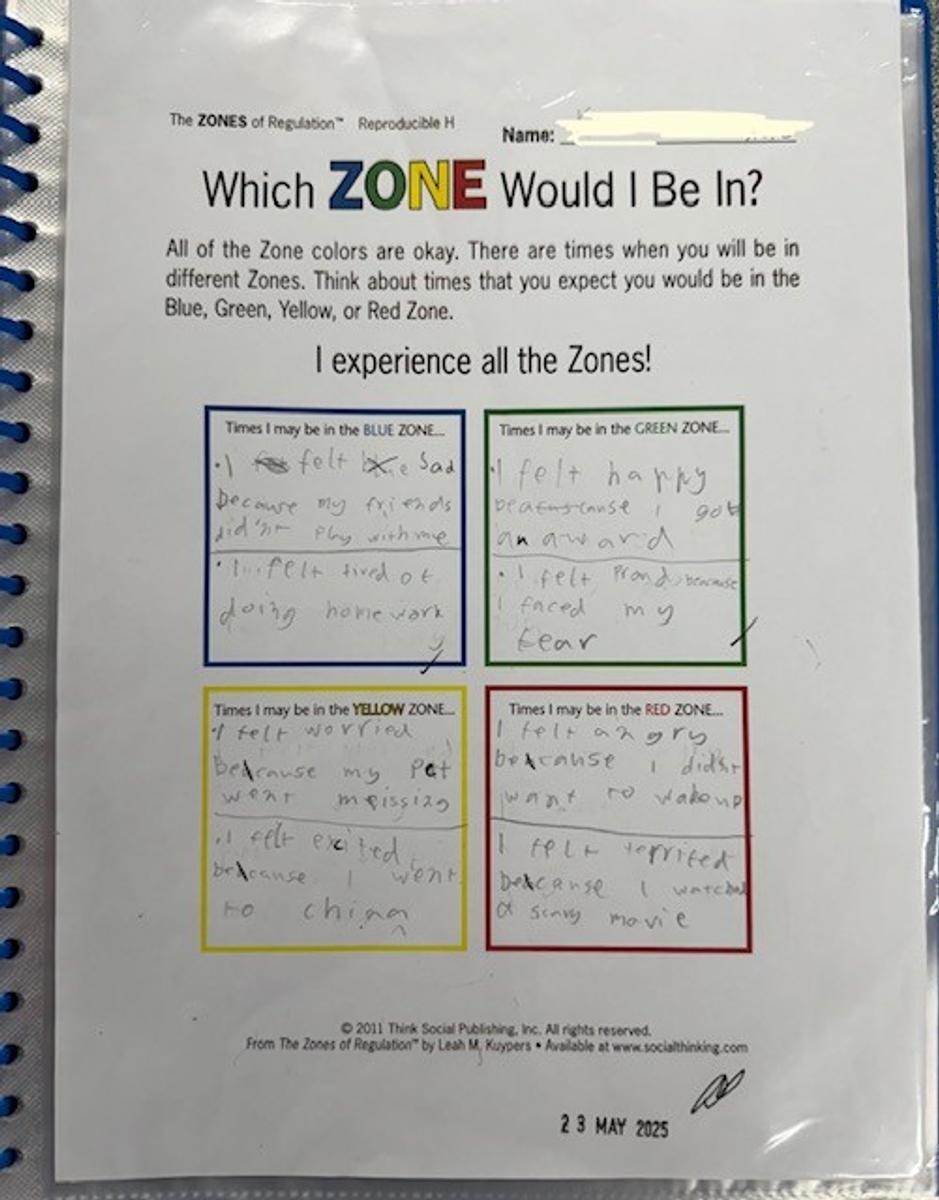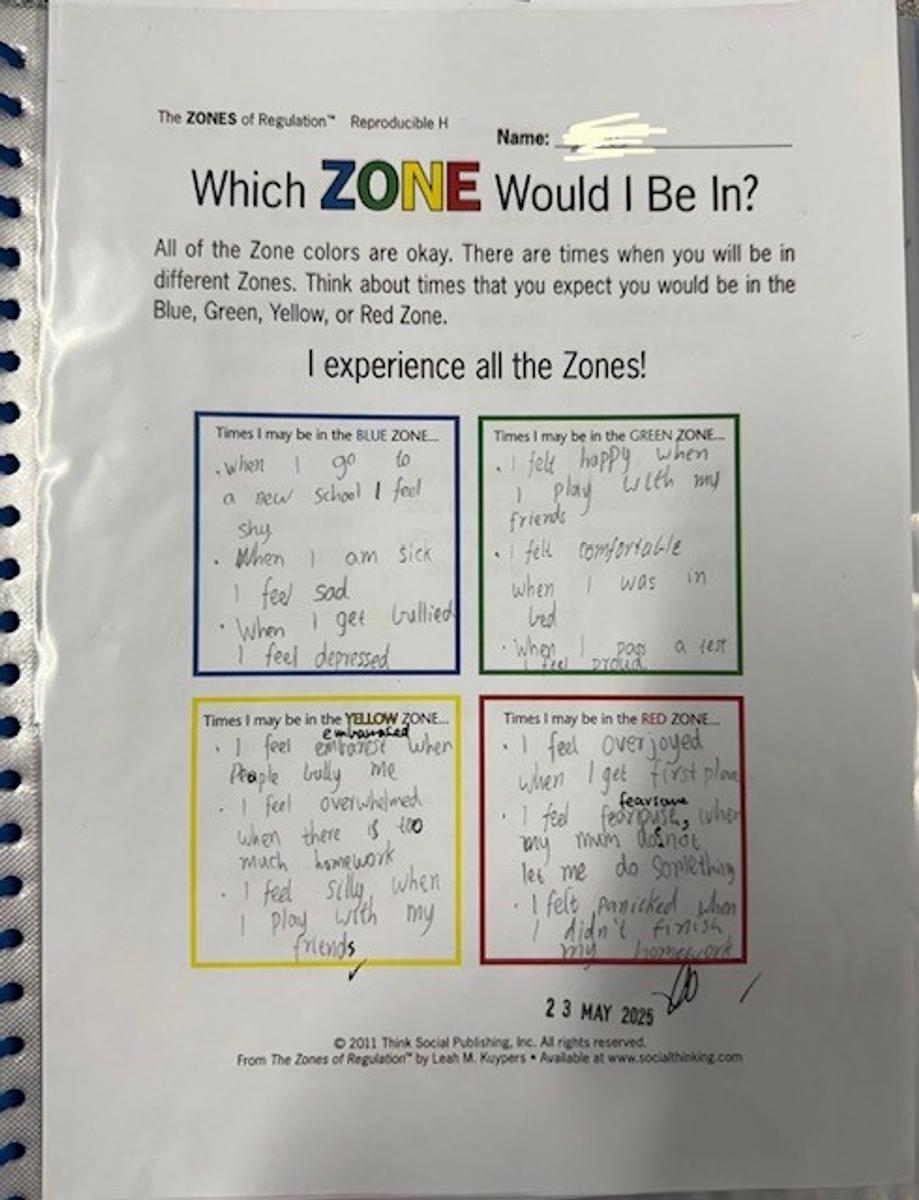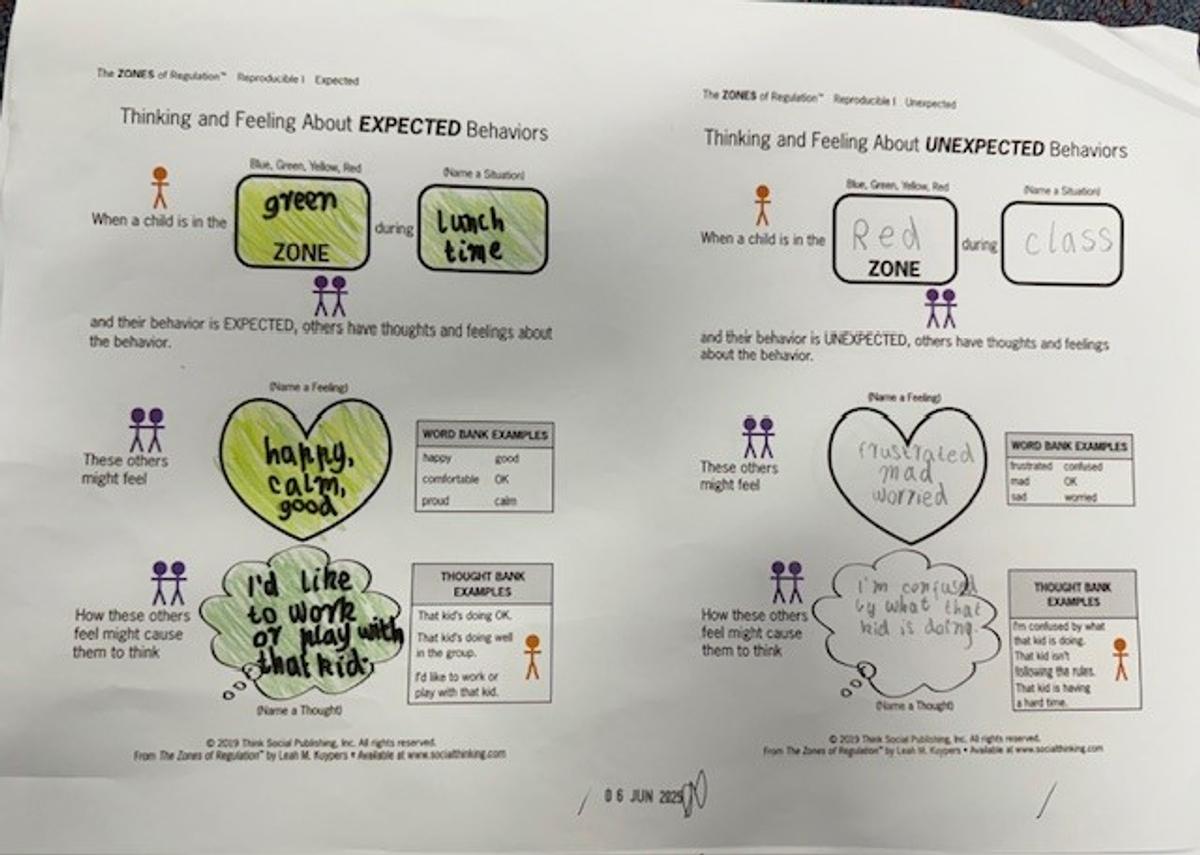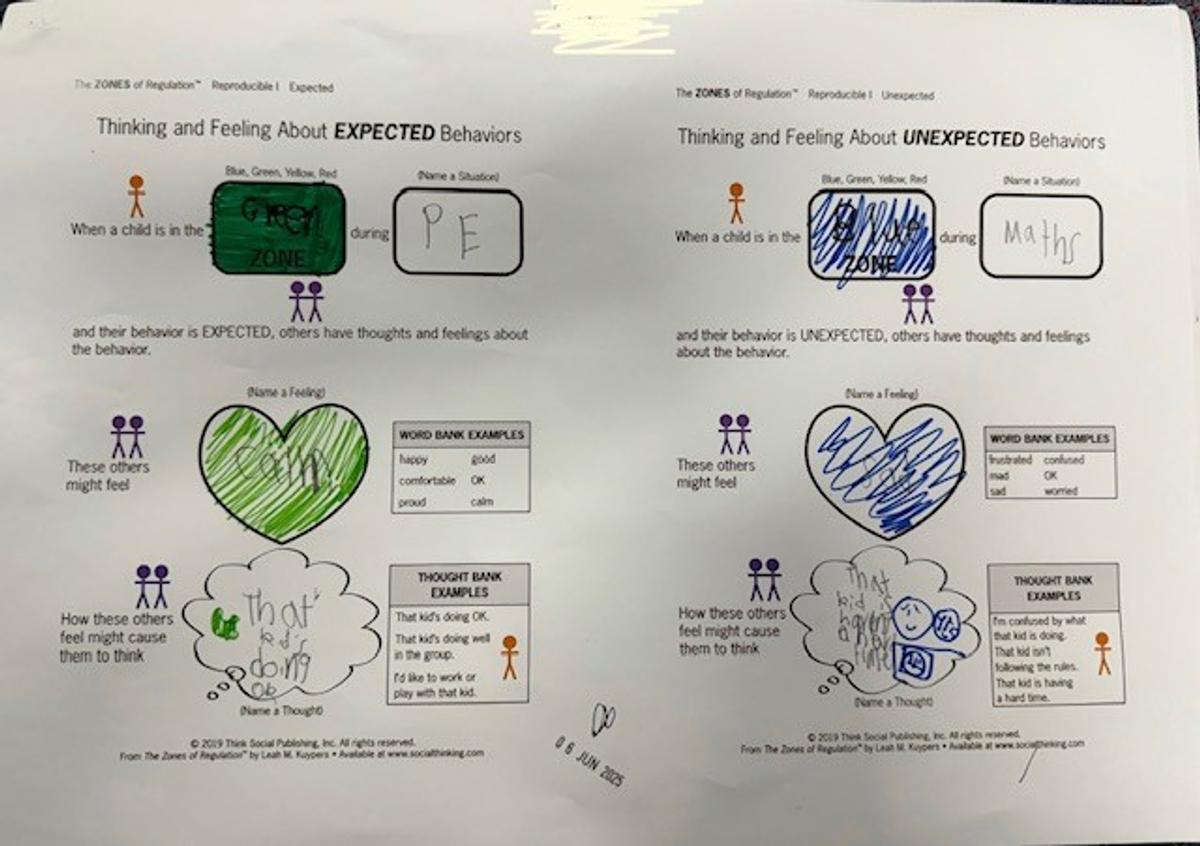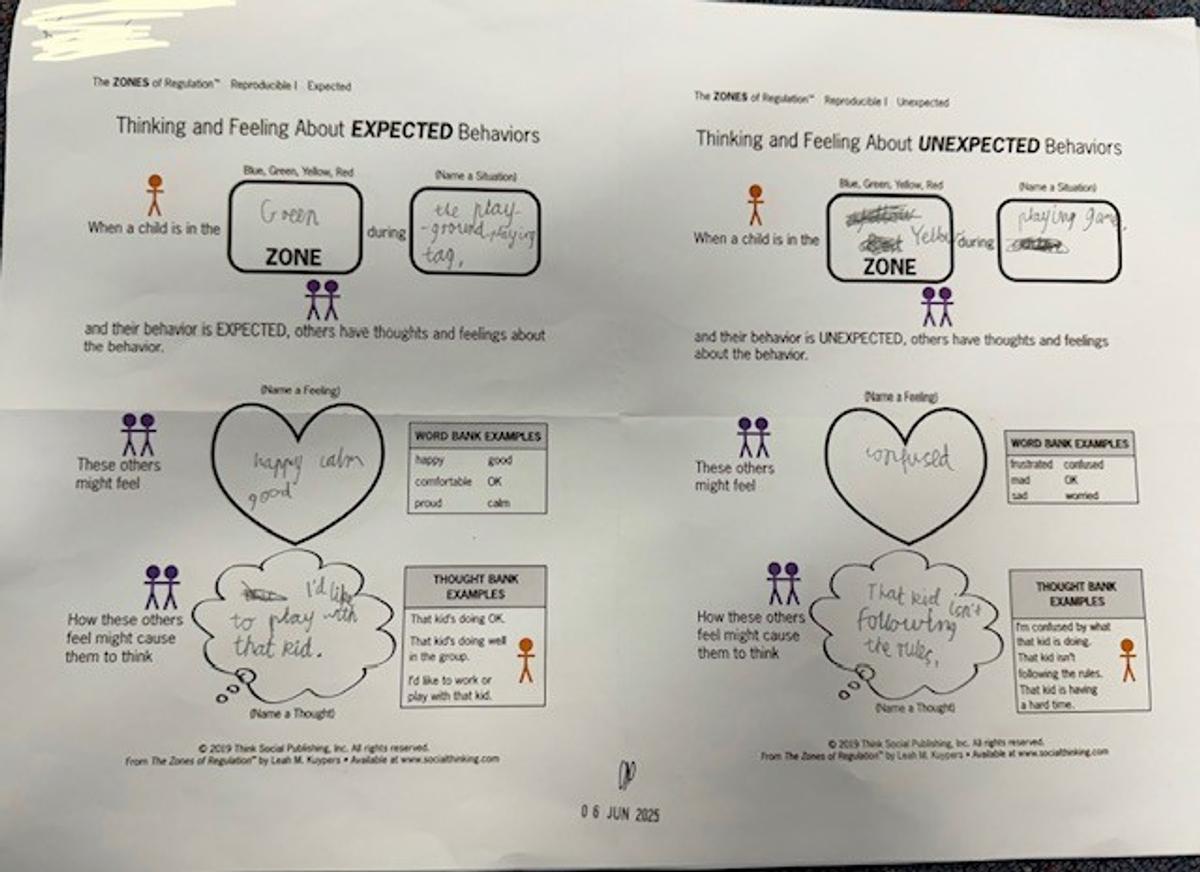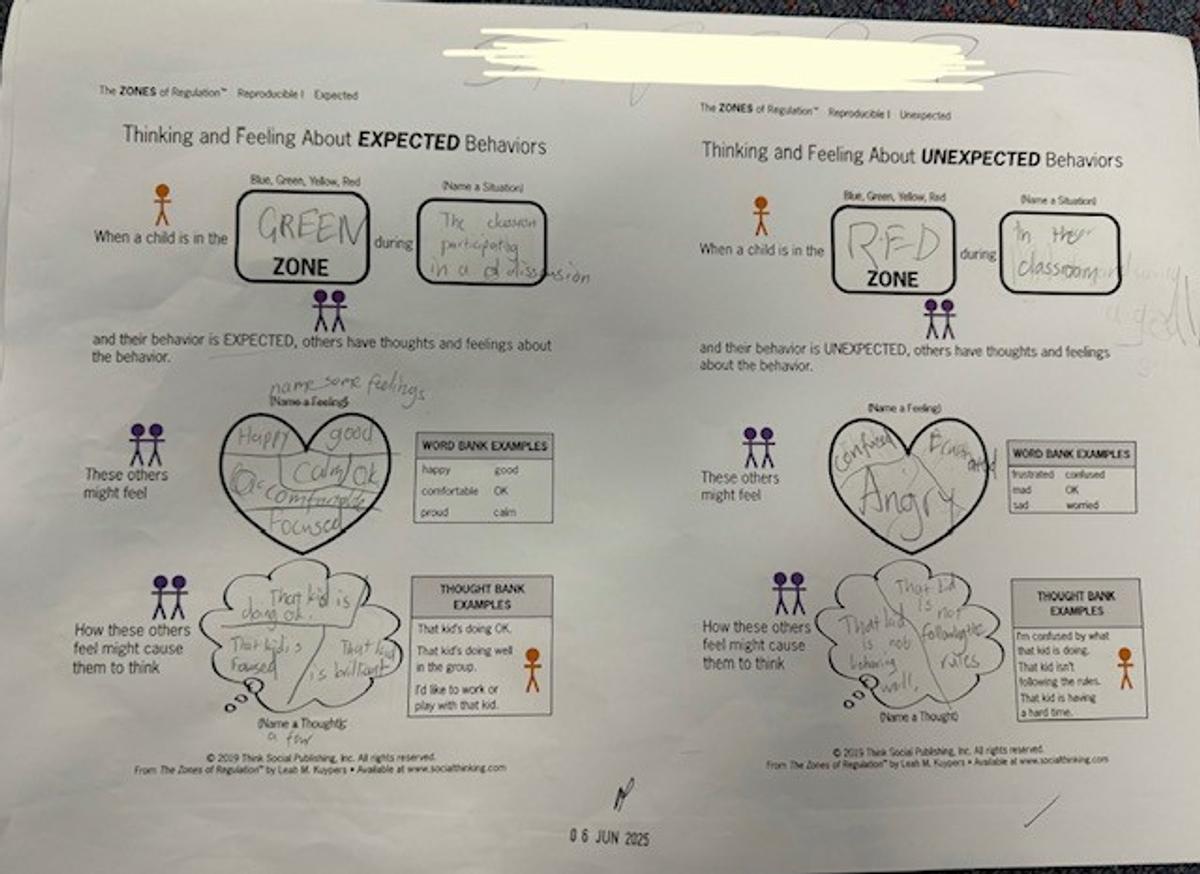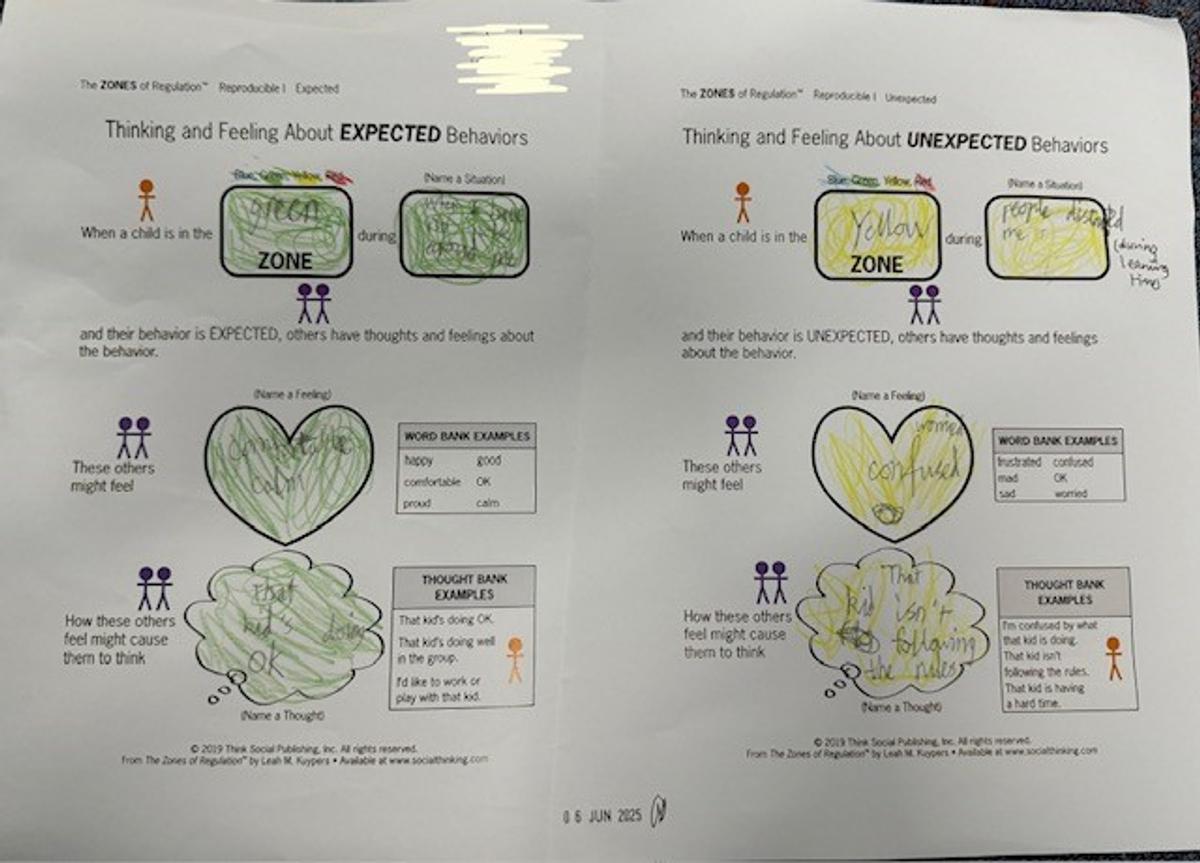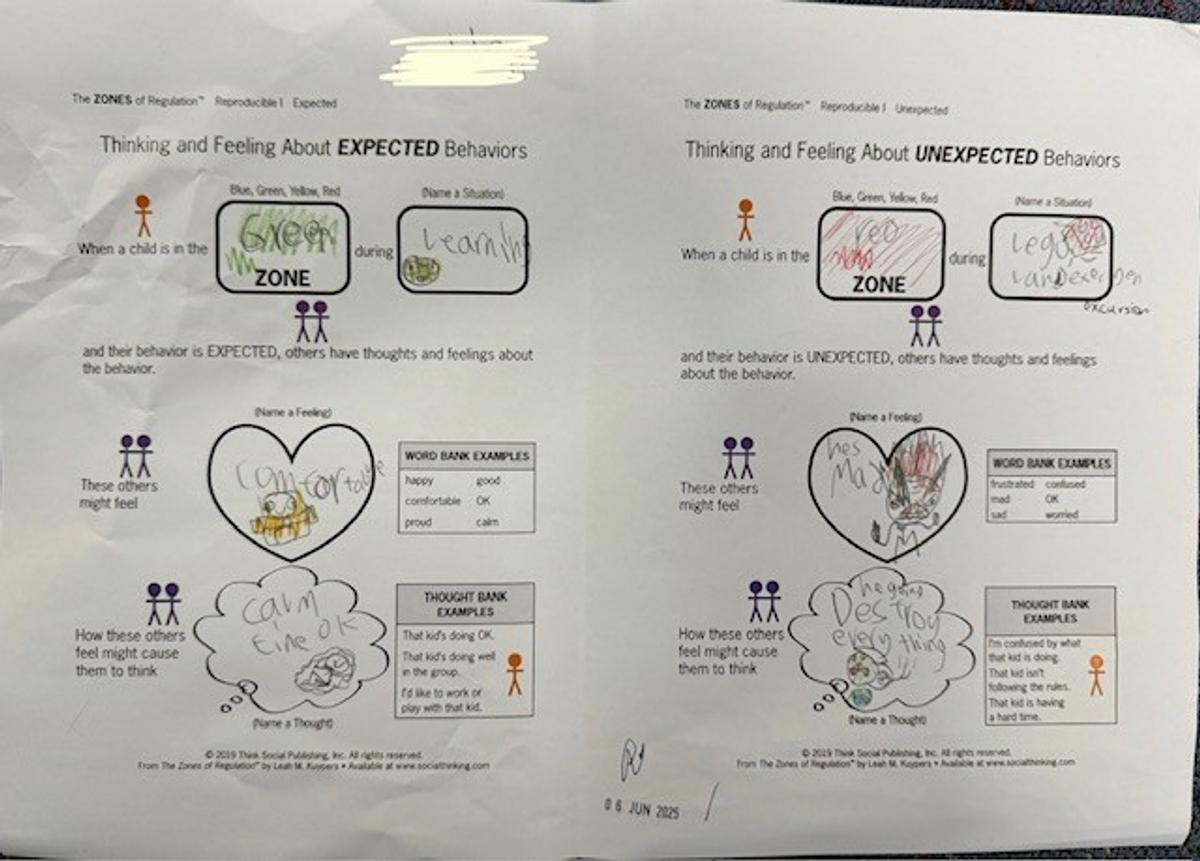From the 3/4 Classrooms
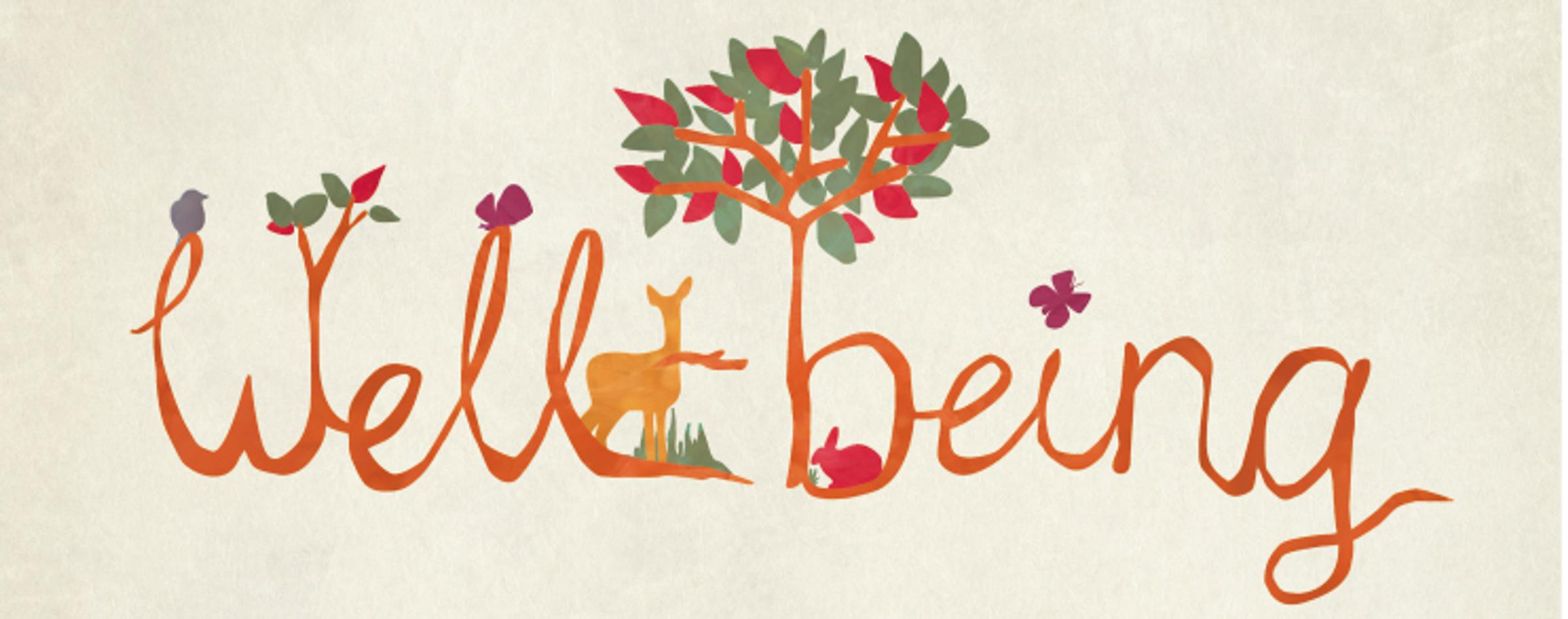
Wellbeing in Team 3/4:
Throughout this term our Grade 3/4 students have been exploring the Respectful Relationships topic of 'Personal Strengths', as well as participating in The Zones of Regulation™ curriculum as part of their weekly wellbeing session. All of these lessons and activities are designed to help our students gain skills in the area of self-regulation, as well as develop the ability to recognise their own strengths, ultimately aiding them in building resilience and problem solving.
RRRR - Strengths:
Over the course of the term students have worked on building team strengths through cooperative games, identifying what personal strengths are, exploring how we use strengths every day as well as setting goals to develop strengths for the future! We even visited Healthy Harold earlier this term, focusing on not only on our own strengths, those we see in our friends, and this experience has enhanced our understanding even more! Check out the strengths below on the virtual Visible Wellbeing card link:
Sorting Our Emotions Into Four Zones
Our students have also been learning that feelings are complicated. They come in different sizes, intensities, and levels of energy that are unique within our brains and bodies. To make them easier to talk about, think about, and regulate, The Zones of Regulation organises our feelings, states of alertness, and energy levels into four colored Zones – Blue, Green, Yellow, and Red. The simple, common language and visual structure of The Zones of Regulation helps make the complex skill of regulation more concrete for learners and those who support them. We learn to regulate our Zones to meet our goals and task demands, as well as support our overall well-being. A core belief of The Zones of Regulation is that all the Zones are okay. We routinely experience several of the Zones across a day.
Why Teach Self-Regulation?
Regulation is something everyone continually works on whether we are aware of it or not. We all encounter trying circumstances that can test our limits. If we can recognize when we are becoming less regulated, we are able to do something about it to manage our feelings and get ourselves to a healthy place. This is the goal of The Zones of Regulation.
The Zones of Regulation in our 3/4 Classrooms
Over the past term our students have been participating in lessons and learning activities designed to help them recognise when they are in the different Zones as well as learn how to use strategies to change or stay in the Zone they are in.
In addition to addressing self-regulation, the students are gaining an increased vocabulary of emotional terms, skills in reading other people’s facial expressions, how their body feels when they are in different zones, an understanding of expected and unxpected behaviour and perspective about how others see and react to their behaviour.
Going forward our 3/4s will have insight into events that trigger their behaviour, calming and alerting strategies, and problem-solving skills.
How you can support your child at home:
- Use the language and talk about the concepts of The Zones as they apply to you in a variety of environments. Make comments aloud so your child understands it is natural that we all experience the different Zones and use strategies to control (or regulate) ourselves. For example, “This is really frustrating me and making me go into the Yellow Zone. I need to use a tool to calm down. I will take some deep breaths.”
- Help your child to gain awareness of his or her Zones and feelings by pointing out your observations.
- Validate what Zone your child is in and help them brainstorm expected ways to self-regulate so their behaviour is expected for the context.
- Share with your child how their behaviour is affecting the Zone you are in and how you feel.
- Help your child become comfortable using the language to communicate their feelings and needs by encouraging them to share their Zone with you.
- Show interest in learning about your child's triggers and Zones tools. Ask them if they want reminders to use these tools and how you should present these reminders.
- Ask your child to frequently share their Zones Folder with you and talk about what they have learned.
- Make sure to positively reinforce your child for recognising their Zone and managing their behaviours while in it, rather than only pointing out when they are demonstrating unexpected behaviours while in a Zone.
We are very excited about the introduction of this program across the school and we are already seeing the benefits in our Grade 3/4s.
Prepared by the Grade 3/4 Teachers.

